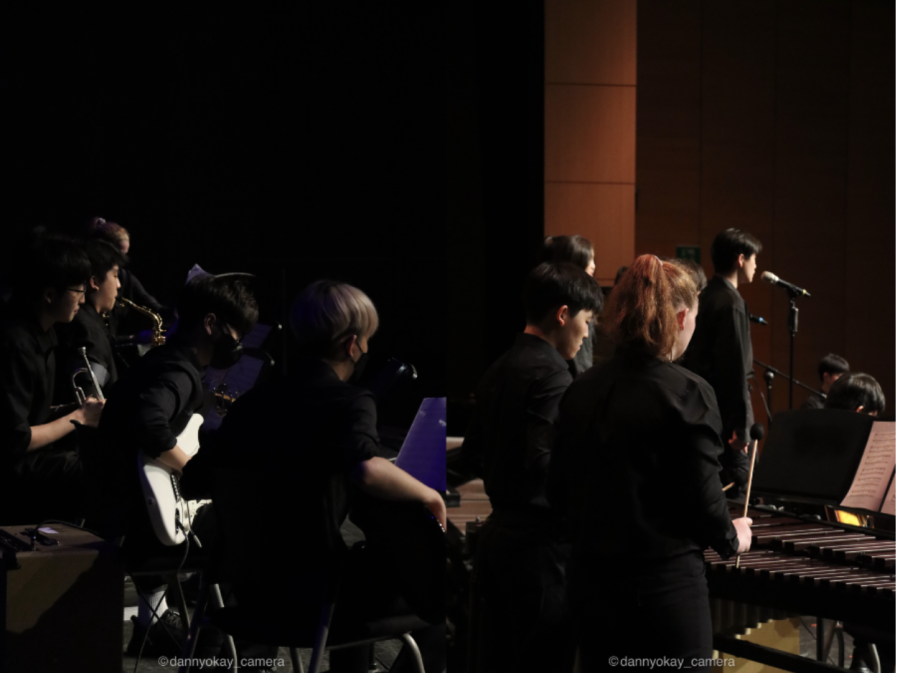
In today’s digitally connected world, the flood of emails inundating our inboxes is no surprise. Our school experiences this firsthand, with teachers and administrators diligently sending out informative emails about important events, schedules, and announcements. However, the stark reality is that a significant number of these emails go unread. Why? The answer is simple: students, like many others, are increasingly relying on a more dynamic and immediate source of information—social media. This shift in communication has seen the Student Council and various school clubs turn to platforms like Instagram to disseminate vital information, but this transition is not without its benefits and drawbacks.
Social media successfully tackles accessibility and engagement; social platforms provide students with quick access to essential information. Posts about upcoming events, or changes in schedules are hard to miss when they appear on feeds. Like this, real-time updates are possible. When something changes, or additional information becomes available, it can be delivered instantly to students. This immediacy helps in keeping the majority informed. Not only is the rapid approach to information a benefit, but social media grants interactive communication. As it offers interactive features such as likes, reposts, and comments, this platform enables students to engage directly with posts. Each time, edited images and videos are uploaded; the visual appeal makes information more memorable, enhancing its impact.
However, these benefits can also act as a disadvantage. Although the presence of social media posts depends on whether a user follows an account, the use of social platforms may initiate an overload of information. With multiple school-related accounts posting simultaneously, students may become overwhelmed by the sheer volume of content on their feeds. Moreover, if a student does not follow an account or uses Instagram frequently, little information is available. On the other hand, emails are sent to everyone, allowing all students to receive the information that is shared. The loss of formality may be another factor to consider, despite these accounts having school-related purposes. Communication through media is often more casual, potentially causing a shift away from the traditional formal style of communication used in school emails.
As we navigate this evolving field of communication, one question emerges: should the official school administration also consider creating social media accounts for delivering information? While the Student Council and clubs have found value in this approach, adopting social media on an institutional level poses both opportunities and challenges. The decision ultimately rests on finding the right balance between leveraging the benefits of social media and preserving Chadwick’s values and traditions.
In the end, it is through social media that some of our councils and clubs have chosen to undeniably alter the way we receive and engage with information. While we have high accessibility along with high-quality interaction, the downsides of big surges of posts must also be addressed. As we ponder the prospect of official school administration embracing social media, we should, in time, question how we can best utilize this tool as a route for successful and coherent communication to benefit the entire school community.












